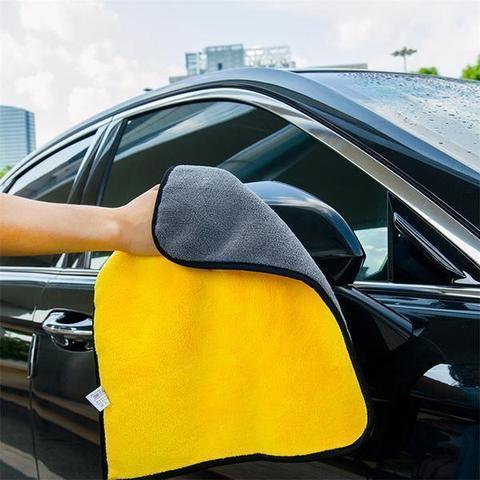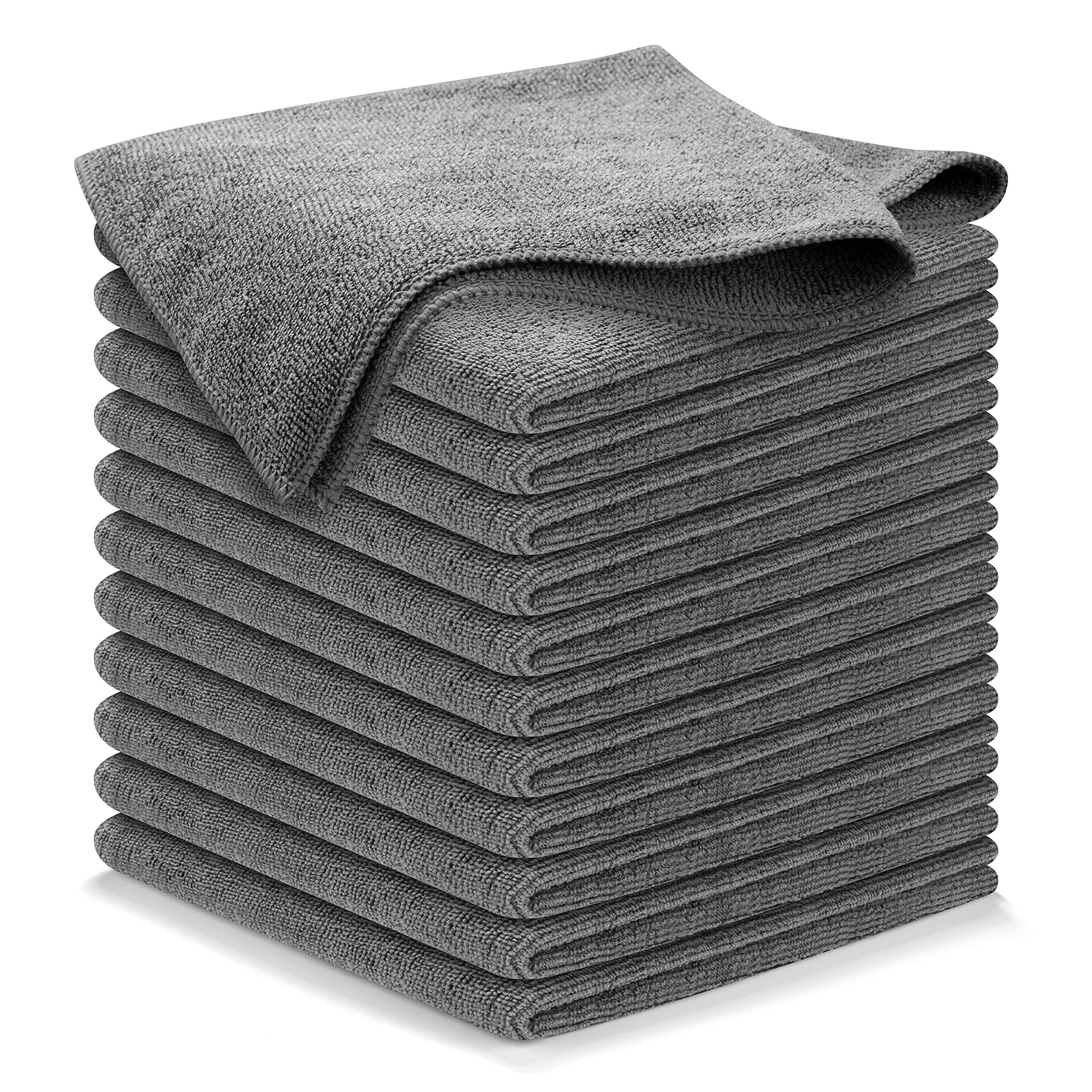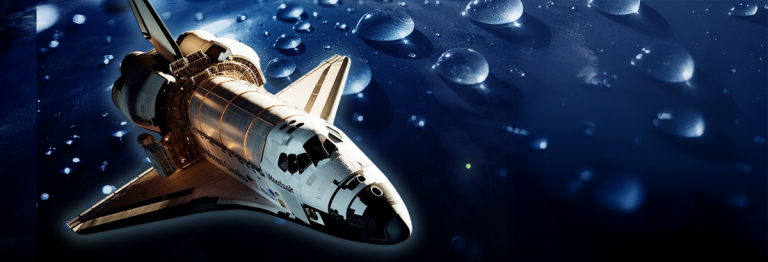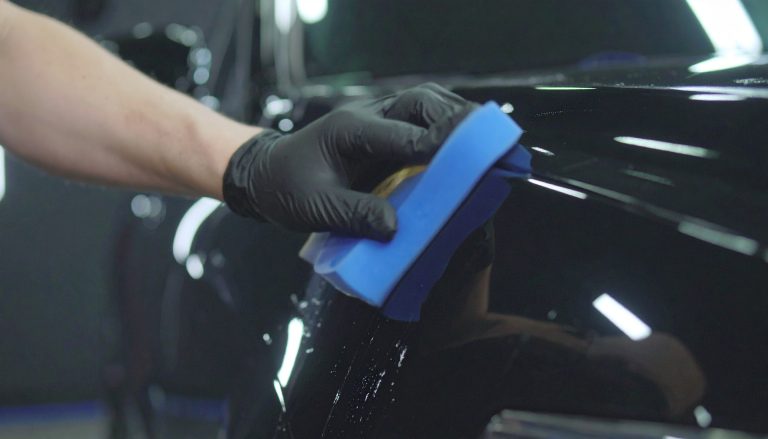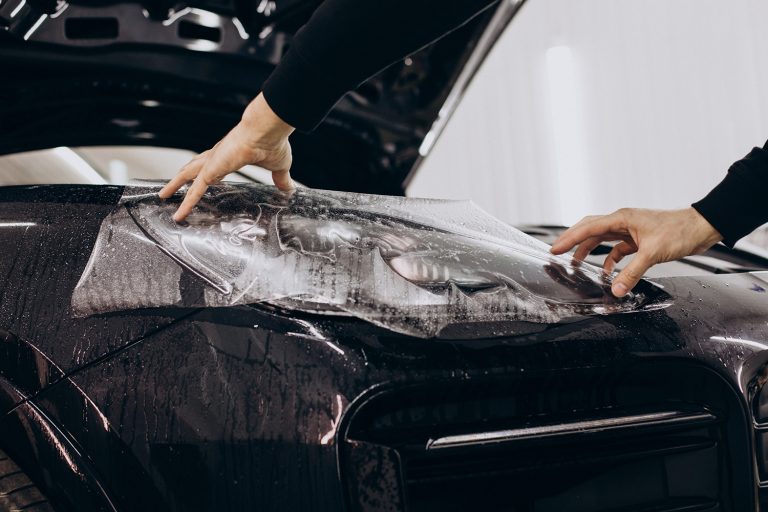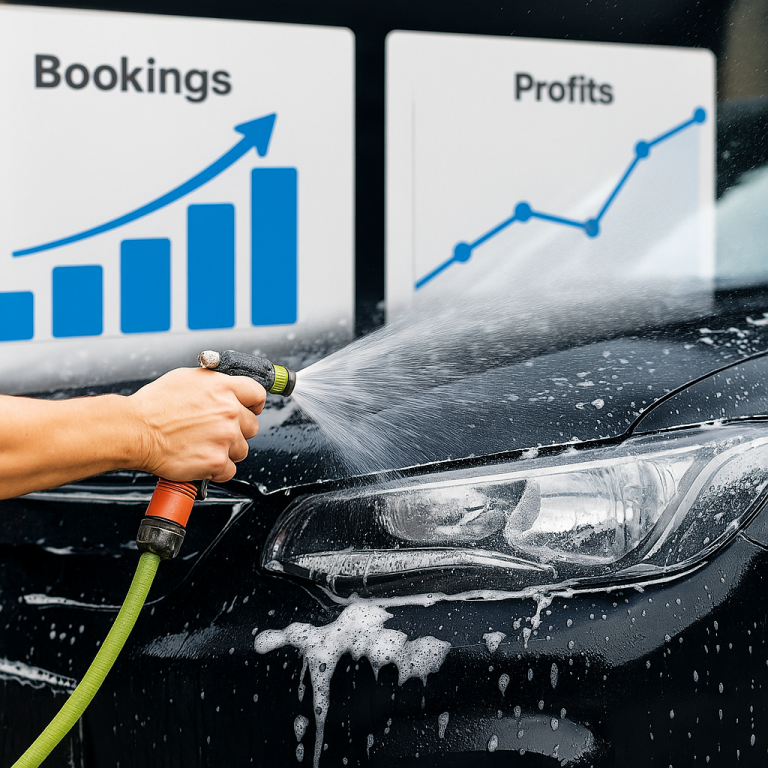Panel Wipe Tips for Best Ceramic Coating and PPF Install Results
When it comes to professional detailing, surface prep is everything. You can have the most expensive ceramic coating or the best PPF on the market, but if the surface underneath isn’t perfectly clean, the results won’t last. That’s where panel wiping comes in.
Panel wiping is the final step before applying coatings or films, ensuring your vehicle’s paint is completely free of oils, residues, and polishing fillers. Skipping this step—or doing it wrong—can mean poor adhesion, visible streaks, or even premature failure of the product.
Why Panel Wiping Matters

- Removes Oils and Residues
After polishing or compounding, oils remain on the surface. These oils create a slick layer that can prevent ceramic coatings or PPF adhesives from bonding properly. - Reveals the True Finish
Polishing fillers can hide swirl marks or defects. Wiping the panel removes them, showing you what the paint really looks like before locking it in under protection. - Improves Adhesion
Clean panels ensure that ceramic coatings chemically bond to the paint and PPF adhesives stick evenly without lifting at the edges. - Prevents Long-Term Issues
If oils or contaminants remain, they can cause high spots, streaks, or even bubbles under PPF.
How to Perform a Proper Panel Wipe
Step 1: Choose the Right Product
- Use an isopropyl alcohol (IPA) mix (typically 10–20% diluted with distilled water) or a dedicated panel wipe solution like CarPro Eraser, Gyeon Prep, or Koch Chemie Panel Wipe.
- Avoid harsh solvents that can damage clear coat.
Pro Tip: Dedicated panel wipes often include anti-static agents, helping reduce dust settling during installation.
Panel Wipe
- 2k Reviews / 4.5 Stars
- Ensures superior chemical bonding
- Quick drying formula prevents residue build‑up
Step 2: Use Fresh, Quality Microfiber Towels
- Always use clean, plush microfiber towels specifically for panel wipe.
- Fold the towel into quarters to present a clean surface with each pass.
Pro Tip: Color-code your towels (blue for polish, gray for wipe-down, yellow for coating) so you never cross-contaminate.
Step 3: Work Panel by Panel
- Spray the panel wipe onto the towel, not directly onto the paint. This prevents overspray from hitting areas you haven’t wiped yet.
- Wipe in straight lines, then flip to a dry side to buff off.

Pro Tip: In humid conditions, panel wipe can flash slowly, leaving streaks. Use a second dry towel to chase any residue immediately.
Step 4: Inspect Under Proper Lighting
- Use a strong inspection light to confirm that oils and streaks are gone.
- Check from multiple angles—glossy paint can hide smears under shop lights.
Pro Tip: LED handheld swirl-finding lights are worth the investment. They reveal everything your shop lights miss.
Step 5: Timing Matters
- Perform the panel wipe right before installation of ceramic or PPF. This ensures no dust or oils re-settle on the surface.
Pro Tip: If you’ve taken a break or moved the car, repeat the wipe-down on exposed panels to be safe.
Common Mistakes to Avoid
- Using dirty towels: Reintroduces oils and scratches the paint. Always use a new, clean towel.
- Skipping the wipe after polishing: Fillers will mask defects and ruin the coating job.
- Over-soaking the surface: Excess liquid can seep into trim or edges, making PPF install harder.
Final Thoughts
Panel wiping may seem like a minor step, but it’s the make-or-break moment for ceramic coating or PPF installs. A clean surface guarantees a strong bond, flawless finish, and long-lasting protection. Invest in the right products, slow down, and always double-check your work.
✅ Pro Detailer’s Rule: “If the panel isn’t squeaky clean, the job isn’t ready.”

